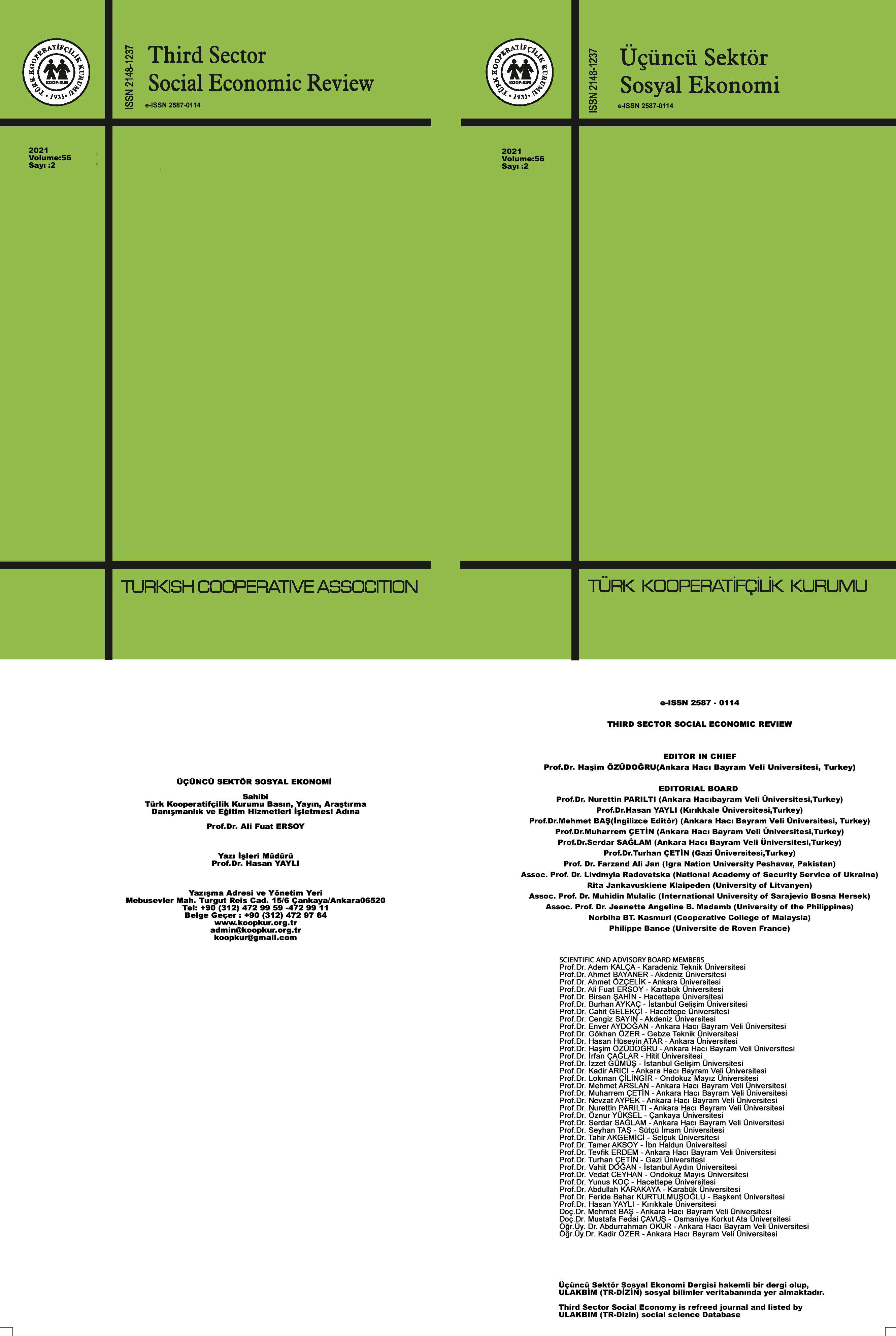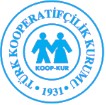İNGİLİZ YOKSUL YASALARINA GİRİŞ: 1349-1531 DÖNEMİ BİR ÇOCUK ESİRGEME PERSPEKTİFİ
DOI:
https://doi.org/10.15659/3.sektor-sosyal-ekonomi.21.05.1590Anahtar Kelimeler:
İngiliz Yoksul Yasaları- Çocuk Esirgeme- Sosyal HizmetlerÖzet
Bu araştırmada, İngiliz Yoksul Yasalarına kaynaklık eden toplumsal ve sosyo-kültürel arka plan, zamanın şartları ve felsefesi çalışıldı. 1349-1531 arası yoksul yasaları, yoksullar ve çocuklar açısından eleştirel bir gözle incelendi. Doküman analizi kullanılan bu araştırmada, amaçlı örneklemle ulaşılan veriler ve bulgular, içerik ve söylem analizleriyle yorumlanarak tanıtıldı. Çoğu, iş, çalışma, ücret ve seyahat konularından oluşan yoksul yasaları, ilk veba salgını sonrası belirginleşen sosyo-ekonomik krize cevaben çıkarılan 1349 İşçilik Kararnamesi ile başlar ve altı asırlık bir süreçle, bütün yoksul yasalarını iptal 1948-Sosyal Yardım Sisteminin ilan edilmesine kadar devam eder. Üç evrede incelenebilen sürecin ilk evresini 1349-1531 dönemi yasalar oluşturur. Yoksulu aşağılayan ve kınayan, onu kuralsız, sorumsuz, dilenci, serseri, kamu düşmanı ilan eden ve şiddetli bir şekilde cezalandıran ilk dönem yasaları, yoksulların ve yoksul çocukların aleyhine çıkarılmış yasaklar mevzuatıdır. En fazla çocukları mağdur eden yasalar, yoksula yardım etmez, edilmesini de yasaklar. Sosyal anlamda reddedilerek ve aşağılanarak yapılan yardım uygulamaları arasında, yoksul yasalarının tüm sürecinde şunlar da vardır: Beş-altı yaşındakiler de dahil, çocuklar, yardım alan anne-baba, dede ve ninelerinden sorumlu tutularak, onların masraflarını çıkarmak için ailelerinden alınıp, madenler de dahil işyerlerine kiralanırlar. Bazı yoksullar, gönüllü köle statüsü ile, bugünkü ABD'ye gönderilir. Nameşhur çalışma evlerinin %50’sini yoksul çocuklar oluşturur. Çocuk esirgeme bağlamında 150 bin kadar yoksul çocuk, usulsüz bir biçimde, evlatlık olarak yurt dışına gönderilir. İlk dönem sonrası yoksul yasalarının da benzer bir şekilde yoksullar ve çocuklar açısından çalışılması önerilir.






